Presence of CD80 and Absence of LAT in Modulating Cellular Infiltration and HSV-1 Latency
- PMID: 39339855
- PMCID: PMC11436179
- DOI: 10.3390/v16091379
Presence of CD80 and Absence of LAT in Modulating Cellular Infiltration and HSV-1 Latency
Abstract
CD80 is the best-known costimulatory molecule for effective T cell functions. Many different reports have summarized the role of CD80 in HSV-1 and its functions in maintaining adaptive immunity, which is the main player in causing herpes stromal keratitis (HSK). To determine the effects of absence or overexpression of CD80 in HSV-1 infection, we infected CD80-/- and WT mice with a recombinant HSV-1 expressing murine CD80 (HSV-CD80) in place of the latency associated transcript (LAT). Parental dLAT2903 virus lacking LAT was used as a control. After infection, critical components of infection like virus replication, eye disease, early cellular infiltrates into the corneas and trigeminal ganglia (TG), latency-reactivation in the infected mice were determined. Our findings reveal that the absence of CD80 in the CD80-/- mice infected with both viruses did not affect the viral titers in the mice eyes or eye disease, but it played a significant role in critical components of HSV-induced immunopathology. The WT mice infected with dLAT2903 virus had significantly higher levels of latency compared with the CD80-/- mice infected with dLAT2903 virus, while levels of latency as determined by gB DNA expression were similar between the WT and CD80-/- mice infected with HSV-CD80 virus. In contrast to the differences in the levels of latency between the infected groups, the absence of CD80 expression in the CD80-/- mice or its overexpression by HSV-CD80 virus did not have any effect on the time of reactivation. Furthermore, the absence of CD80 expression contributed to more inflammation in the CD80-/--infected mice. Overall, this study suggests that in the absence of CD80, inflammation increases, latency is reduced, but reactivation is not affected. Altogether, our study suggests that reduced latency correlated with reduced levels of inflammatory molecules and blocking or reducing expression of CD80 could be used to mitigate the immune responses, therefore controlling HSV-induced infection.
Keywords: CD8; PD-1; corneal scarring; latency; reactivation; virus replication.
Conflict of interest statement
The authors declare no conflict of interest.
Figures

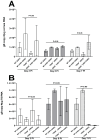
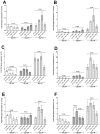
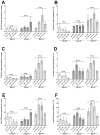
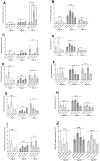
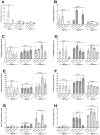
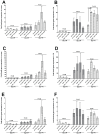
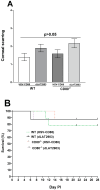
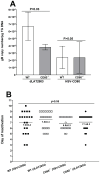
References
-
- Young R.C., Hodge D.O., Liesegang T.J., Baratz K.H. Incidence, recurrence, and outcomes of herpes simplex virus eye disease in Olmsted County, Minnesota, 1976–2007: The effect of oral antiviral prophylaxis. Arch. Ophthalmol. 2010;128:1178–1183. doi: 10.1001/archophthalmol.2010.187. - DOI - PMC - PubMed
Publication types
MeSH terms
Substances
Grants and funding
LinkOut - more resources
Full Text Sources
Molecular Biology Databases
Research Materials
Miscellaneous

